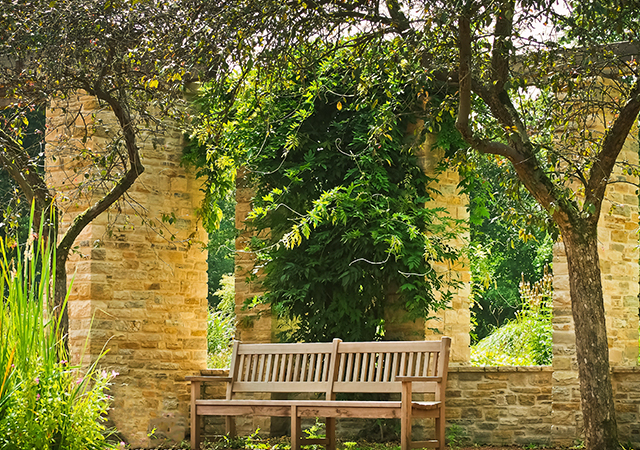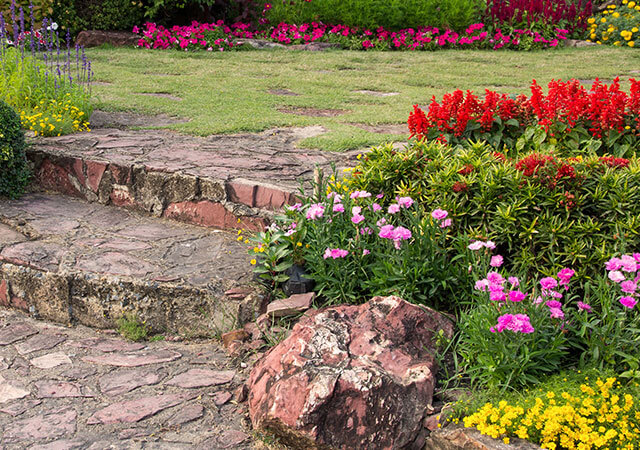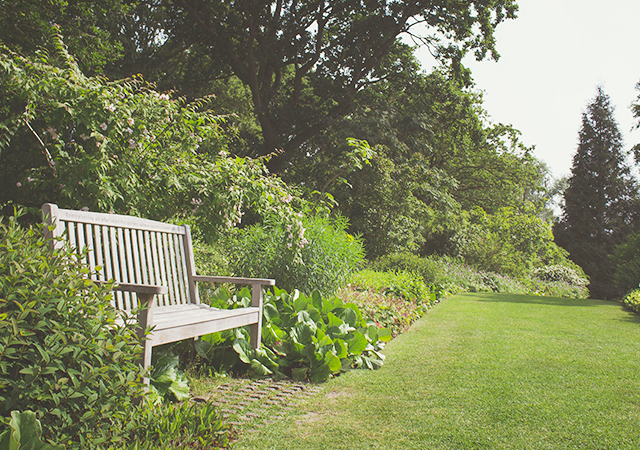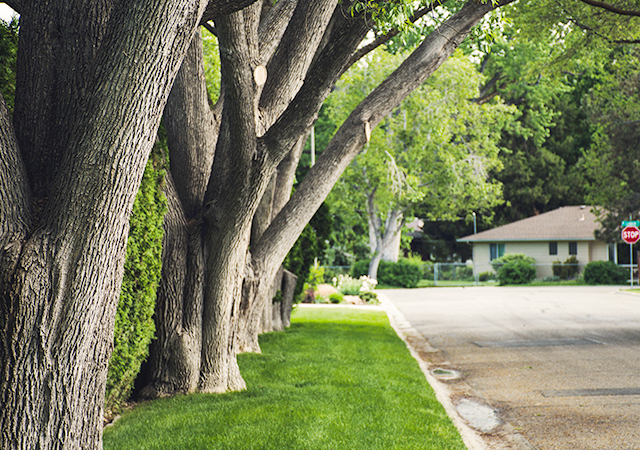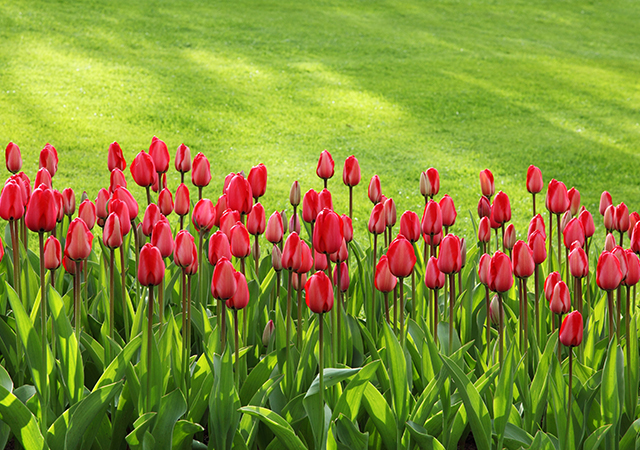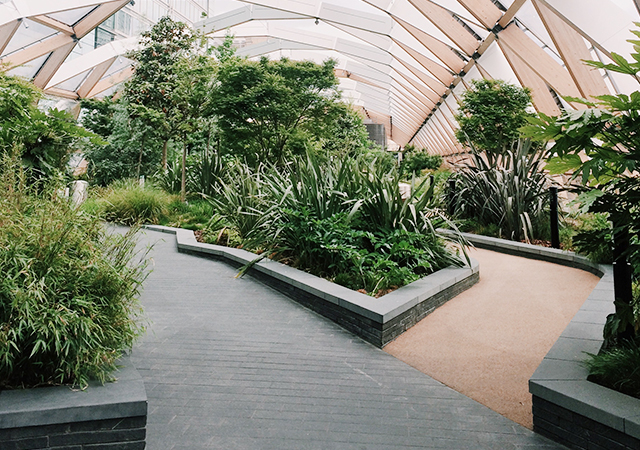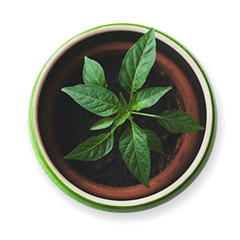Our Latest
Projects
Projects
Have a Look at Our Latest Projects
Agroecosystems:
The project introduced an Agroecosystems in supporting food production and reducing poverty and food insecurity.
This is the conversion from a high-input monoculture management system at the farm located in Phindula Village at Vhembe district to a low-external-input and diversified system. This system revealed better performance than conventional systems on various sustainability metrics, including species richness and abundance, soil fertility, nitrogen uptake by crops, water infiltration and holding capacity, and energy use and efficiency.
Against a backdrop of population growth, increased pressure on natural resources including soils and water, the loss of biodiversity, Covid-19, and uncertainties associated with climate-related fluctuations and disasters; agriculture must meet the challenges of hunger and malnutrition.
Current farming methods have resulted in overstretched water resources, high levels of erosion, and reduced soil fertility; while experiencing harsh cropping conditions, low rainfall and adversely affected by soil degradation, frequent dry spells and increasing population. This is exacerbated by growing demands for food and biofuel, new technologies and crop management systems being used to increase productivity and minimize land-use impacts.
Responsible farming for food production is therefore necessary to promotes adherence to the sustainability principle. Sustainable agriculture, evidenced by the practice of Agroecosystem to provide the food needs of a growing population, appears to be a feasible solution.
The project is implemented in partnership with United Nations Office for Project Services (“UNOPS”) financed by the Global Environment Facility/Small Grants Programme (“GEF SGP”), implemented by United Nations Development Programme (UNDP) on behalf of the GEF.
Projects
Have a Look at Our Latest Projects
Wildlife rehabilitation:
There are wildlife cases that are attributed to human impact, whether it be due to ignorance, negligence, or cruelty, these includes cases where wildlife has been injured by a vehicle and dogs, while birds are subjected to secondary poisoning where poison was used with the aim of controlling rats and mice.
There are also many that became orphans for a number of reasons, that all these require care, rearing and later being release into safe environments.
South African Wildlife Management Foundation, with the support of Tshivhase Traditional Council and Tshivhase Nature Reserve is presently working on the first Wildlife Rehabilitation Centre in the Vhembe Biosphere, on the Soutpansberg mountains.
The project, intend to set up a Wildlife Rehabilitation Centre to provide an ex-situ rehabilitation facility for wildlife, from across Vhembe biosphere and surrounding areas.
Following rehabilitation, wildlife is released into their natural habitat and/or Tshivhase Nature reserve. It should be a unique, all year round visitor attraction visitors learn more about wildlife, University students studying wildlife and provide great opportunity for community interaction.
The project is to establish infrastructure for ex-situ conservation in the Soutpansberg Mountains, wherein amongst others the Wildlife Rescue Team to provides rescue services on 24/7 basis.

